#turhan hatice sultan
Explore tagged Tumblr posts
Text







Women in History Month (insp) | Week 2: Royal Mothers
#historyedit#perioddramaedit#women in history#women in history month challenge#blanche of castile#french history#turhan hatice sultan#ottoman history#ririkumutima#burundese history#african history#louise of prussia#german history#çiçek hatun#bathsheba#jewish history#queen jeongsun#korean history#13th century#17th century#19th century#15th century#10th century bc#18th century#mine#my edits
160 notes
·
View notes
Note
How much influence was Turhan Hatice Sultan able to retain after her regency had ended? Are there any recorded moments of her using said influence post-regency?
I'd say this:
When the Marquis de Nointel, ambassador of Louis XIV, arrived by ship in Istanbul in 1670, he did not make the customary artillery salute when passing by the imperial palace, both because he wished to assert the superiority of the French monarchy to the Ottoman sultanate and because the sultan, Mehmed IV, was absent in Edirne. The city was scandalized and the ambassadorial community furious at the French for jeopardizing its collective standing. The diplomatic crisis was resolved when Turhan Sultan appeared one day with her retinue on the shore of the palace grounds in order to inspect a ship under construction and demanded that the French perform the royal salute in her name. The French ships were immediately decked out with multicolored banners, and their artillery began to fire, vying with the palace cannon, which were also fired in the valide sultan's honor. Soon, however, the volume and duration of the French detonations began to annoy the population of the city, and the Ottoman admiral sent word that pregnant women were miscarrying because of the disturbance.
She still represented the sultan even though she was not the regent anymore.
12 notes
·
View notes
Text

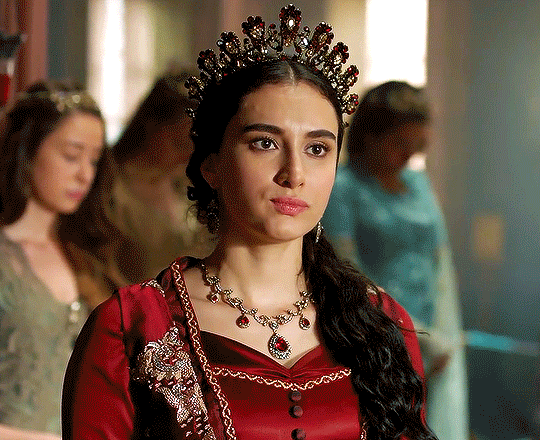


Hande Doğandemir as Turhan Hatice Sultan ↴ Muhteşem Yüzyıl: Kösem | episode 58
#magnificent century: kösem#magnificent century#muhteşem yüzyıl#muhteşem yüzyıl: kösem#magnificent century kosem#hande dogandemir#hande doğandemir#turhan sultan#turhan hatice sultan#perioddramaedit#kosemedit#mckedit#*m
146 notes
·
View notes
Photo
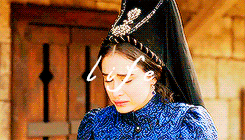
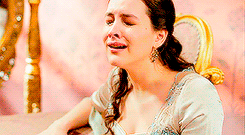






«life is pain. get used to it»
#historyedit#perioddramaedit#kosemedit#magnificent century kosem#mc: kosem#Kosem Sultan#muhtesem yuzyil#muhtesem yuzil kosem#humasah sultan#*humasah#stiff: mine#*turhan#turhan hatice sultan#muge boz#Hande Doğandemir
110 notes
·
View notes
Text
Artwork of Hürrem Sultan and Turhan Sultan







#history#magnificent century#muhteşem yüzyıl#ottoman#sultanas#ottoman sultanas#ottoman history#ottoman valide#valide sultan#haseki hurrem sultan#hurrem#Hurrem sultan#my artwok#artwork#turhan sultan#baş haseki turhan sultan#turhan#turhan hatice sultan
31 notes
·
View notes
Text

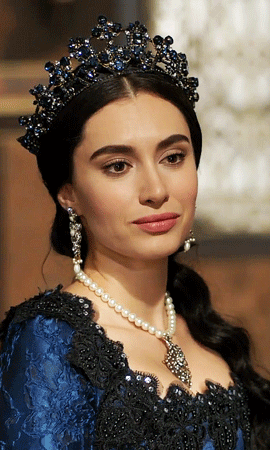

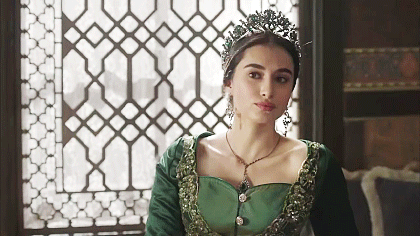

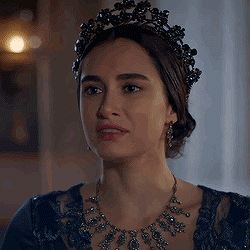
𝑂𝑡𝑡𝑜𝑚𝑎𝑛 𝐷𝑦𝑛𝑎𝑠𝑡𝑦 𝐻𝑖𝑠𝑡𝑜𝑟𝑦 𝐴𝑝𝑝𝑟𝑒𝑐𝑖𝑎𝑡𝑖𝑜𝑛 𝑀𝑜𝑛𝑡ℎ:
𝑊𝑒𝑒𝑘 1: 𝑉𝑎𝑙𝑖𝑑𝑒 𝑆𝑢𝑙𝑡𝑎𝑛𝑠
𝐷𝑎𝑦 7: 𝑇𝑢𝑟ℎ𝑎𝑛 𝐻𝑎𝑡𝑖𝑐𝑒 𝑆𝑢𝑙𝑡𝑎𝑛, 𝑇𝑢𝑟ℎ𝑎𝑛 𝐻𝑎𝑡𝑖𝑐𝑒 𝑉𝑎𝑙𝑖𝑑𝑒 𝑆𝑢𝑙𝑡𝑎𝑛
#turhan hatice sultan#turhan hatice valide sultan#muhtesem yuzil kosem#magnificent century: kosem#ottoman dynasty history appreciation month:week 1
23 notes
·
View notes
Text
Consorts named "Hatice" Part 1






#youtube#history#ottoman empire#istanbul#hatun#hasekisultan#fyp#hatice sultan#mahfiruze#turhan sultan#sultanahmet#sultanmurad#sultanmehmed#fatihsultanmehmed#sultan#muazzezsultan
4 notes
·
View notes
Photo
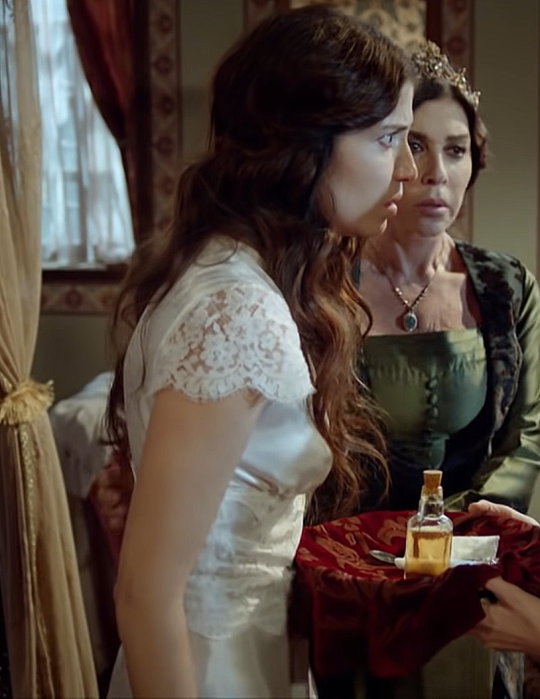

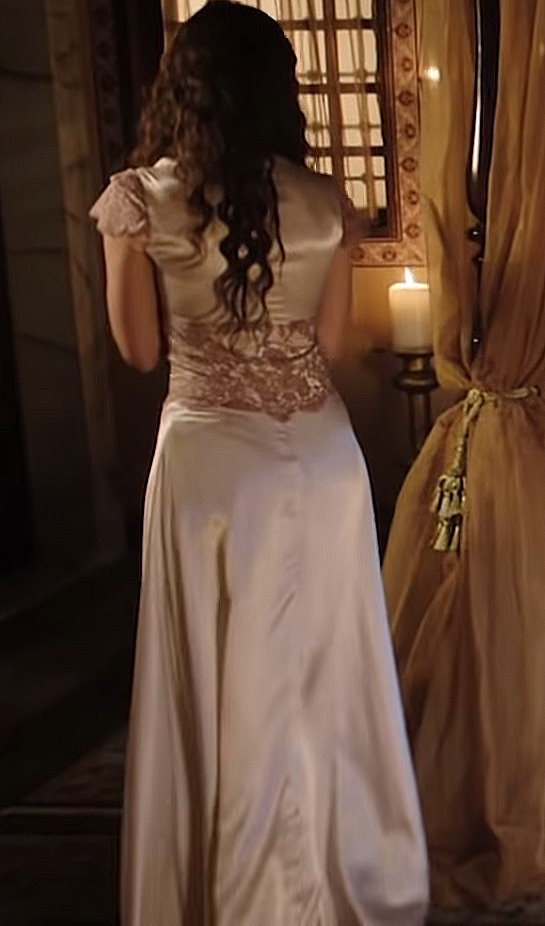

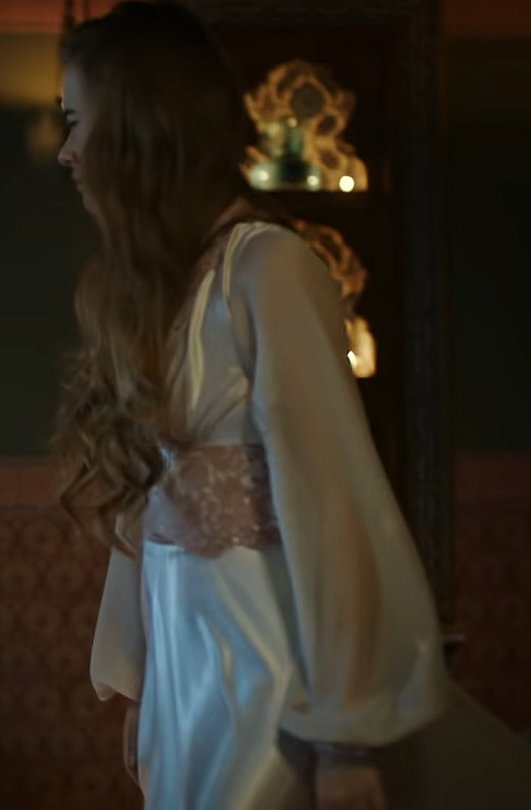

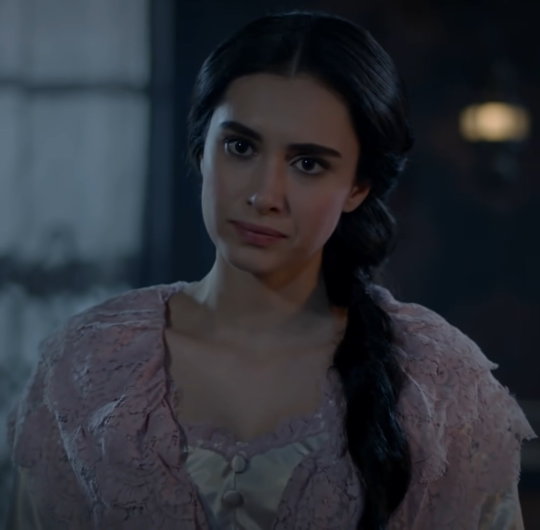
This white satin night gown was first worn by Hatice Sultan in the tenth episode of the second season of Magnificent Century. Eight episodes later, she wore it again but the white lace was replaced with pink lace.
Magnificent Century: Kösem completely redid the top part but the night gown remains recognizable by its pink lace. This new version was first worn by Anastasia Hatun (later Kösem Sultan) in the first season and then by Princess Farya Bethlen and Turhan Sultan in the second season.
#Magnificent Century#Magnificent Century Kösem#Magnificent Century Kosem#Muhteşem Yüzyıl#Muhteşem Yüzyıl: Kösem#period drama#costume drama#historical drama#Hatice Sultan#Hatice Sultan (daughter of Hafsa)#Anastasia Hatun#Kösem Sultan#Kosem Sultan#Farya Bethlen#Farya Sultan#Turhan Sultan#reused costumes#recycled costumes
19 notes
·
View notes
Text
10 most Influential women in the Ottoman Empire (plus five non- sultans)
I must say in advance, this is purely my opinion and it doesn't include legal power,but general influence. For example if one woman had more legal power but still was limited to some actions, that another woman could get away with, I will rank her higher. Let's start with non sultans.
Part I: Non-Sultans
Number 5: Çevri kalfa
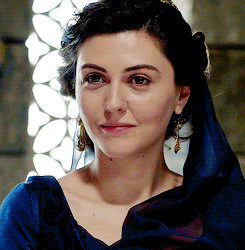
Çevri kalfa was a woman of Georgian origin and previously loyal servant to Nakşidili Sultan (also Georgian). She became mistress head treasurer( Baş hazindar usta) after accession of Mahmud II, who she saved from executioners by throwing them hot coals and sneaking the prince out. After becoming Head treasurer, she attained so much wealth that she could afford expensive clothes not even sultans wore. A girls school, built in her name, is one of the first schools for girls and the biggest primary school in Istanbul. She remained in her office until her death and was Sultan's trusted and favoured advisor.
Number 4: Meleki Kalfa
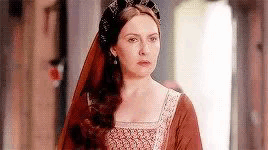
Meleki kalfa was a servant of Kösem and Ibrahim, however following the deposition of the sultan, she secretly switched sides as an agent of Turhan. Meleki played an important role in Turhan's rebellion by giving her information about Kösem's plan to dethrone Mehmed. After Kösem's death and Turhan's accession, she became an important person in Valide Sultan's court, was freed and married to Şaban Khalife. The couple built a residence in Istanbul, where Meleki not only conditioned her line of information to Turhan, but also acted as a negotiator in the palace on behalf of people. The political influence of her and her husband grew so much and they were murdered in 1656 for abuse of power.
Number 3: Gulfem Hatun
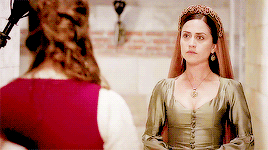
I have spoken about her in my previous posts
Number 2: Mahidevran Hatun

I have thought a lot about where to put her. People would expect her to be Number 1,mostly because they are used to her being sultan. That is what I first thought,for other reasons,but here we are. She has several significant influences that not many other women had:
1. She was popular with janissaries and people
2. Had a spy network, allowing her to hear major events happening in the capital.
3. She had strong allies. Ibrahim Paşa supported her and Mustafa later in his life, Hatice and her husband were supporting her openly or indirectly.
4. She was a considerable rival to the first and one of the most powerful women in the ottoman empire.
5. She had powerful characteristics: Was an intelligent, educated woman. Could mask her resentment towards Hürrem and act calmly around him.
6. She was a trusted advisor to her son. Actually, she supported the idea of Mustafa revolting against Suleiman,but only after she received information about his imminent execution, through her spy network.
Number 1: Çanfeda Kalfa

Çanfeda was the woman of Circassian origin, who served as second in command of Nurbanu for 18 years and the ruler of harem for another 11, so we can say she was de-facto Valide sultan.
In her almost three decades of service, she acquired wealth, so great that it attracted negative attention of Janissaries and even the grand Vizier. Although she collected such affluence through her salary(that was extraordinarily high consisting of 200 akches a day, it was the average salary of an imperial princess) and bribery, she used it for selfless purposes. She built three mosques, fountains, hamams, two schools, irrigation systems and fixed the roads, costing her several million akches, still she remained as one of the wealthiest people in the empire. In 1595, when Safiye exiled her, she needed dozens of carriages to carry her holdings, which apparently did not consist of much of the furniture, because she bought it from Venice the next year. It's also considerable that as an exiled person, she had to give up some of her wealth to imperial treasury.
Apart from her vital involvements in harem management in which she dominated Safiye, she had considerable influence over state matters as well. Çanfeda used her connections to install her not so bright brothers as paşas and after the series of mistakes,they were imprisoned, Çanfeda not only defied Grand viziers orders and had them set free,but restored them to their offices as well. Her power, wealth and influence came to the attention of Janissaries, who demanded her dead, but she got away with this as well. Another indication of her power, was her attempt to free the second son of sultan Murad. Even though she was caught red handed, the power it would take to infiltrate the prison is still considerable.
P.S. I did not list Halime and Handan,because after becoming Valide Sultans and regents they reached a whole different level, leagues above almost every single woman in ottoman history, however their power and influence was immense even when they were Hatuns.
As there is only 10 images/Gif limit. I will speak about 10 most powerful women in second posts.
#history#historical drama#16th century#magnificent century#magnificent century kosem#mc: kosem#medieval women#ottoman empire#ottomanladies#historical events#canfeda hatun#gulfem hatun#mahidevran hatun#mahidevran sultan#ottoman sultanas#ottoman history#ottoman#women in politics#sultanate of women#women in history#historical figures#historical#historyedit
90 notes
·
View notes
Photo
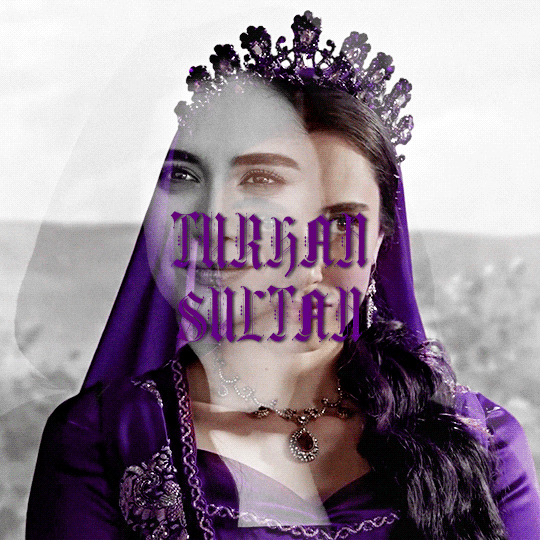



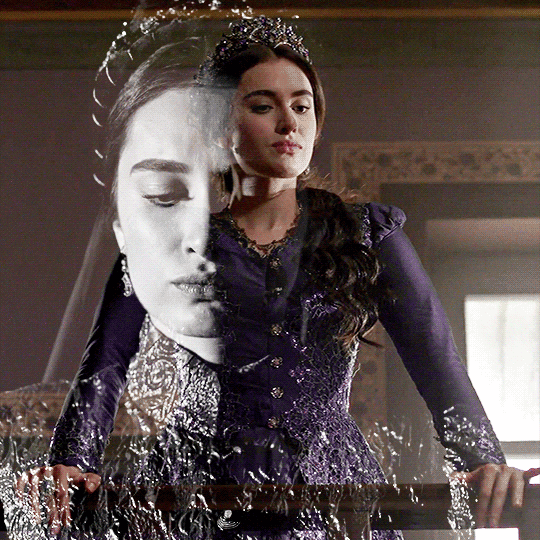
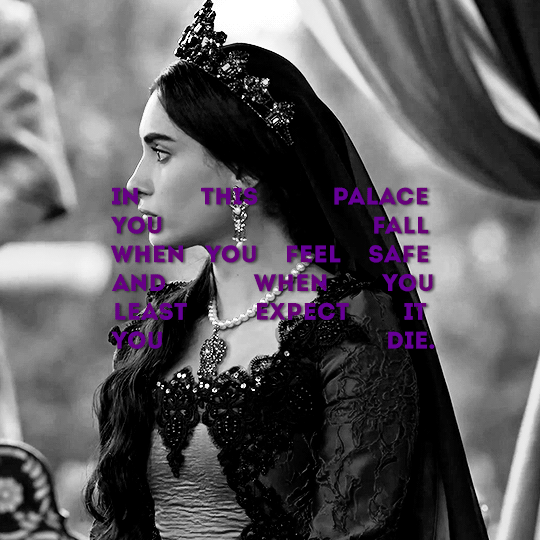
Hande Doğandemir as Turhan Hatice Sultan in Magnificent Century: Kösem
#magnificent century: kosem#muhtesem yuzyil kosem#turhan sultan#usergif#perioddramaedit#weloveperioddrama#onlyperioddramas#costume edits#Hande Doğandemir#*turhan sultan
144 notes
·
View notes
Note
As you know, in 1655, fourteen sultanas received gifts from Ragusian envoys:
1. Fatma sultana moglie di Fasli passa
2. Ghiusciahato sultana moglie di Chienan passa
3. Behar sultana moglie di passa di Cairo
4. Caia sultana moglie di Melek passa
5. Ruckie sultana moglie di Telak Mustafa passa
6. Fatisce sultana moglie di Haidar passa
7. Aisce sultana stata moglie di Gascir passa
8. Fatma sultana moglie di Jusuf passa
9. Vsci sultana moglie di Ahmet passa
10. Faslite sultana moglie di Lauer passa
11. Fatige sultana moglie di Jusuf basci
12. Inasce sultana moglie di Hassan passa
13. Hatige sultana moglie di Jusuf Gesali
14. Safie sultana moglie di Haidar Sade, figlia di sultan Murat
______________
1. Fatma Sultan binti Ibrahim, wife of Fasli pasha
2. Gevherhan Sultan binti Ibrahim, wife of Sari Kenan Pasha
3. Beyhan Sultan binti İbrahim, wife of Haseki Mehmed Pasha
4. Kaya Sultan binti Murad IV, wife of Melek Ahmed Pasha
5. Rukiye Sultan binti Murad IV wife of Tellak Mustafa Pasha
6. ???
7. Ayşe Sultan binti Ahmed I, wife of Ibşir Pasha
8. Fatma Sultan binti Ahmed I, wife of Koca Yusuf Pasha
9. Ümmügülsüm Sultan binti Ahmed I, wife of Ahmed Pasha
10. Fahrihan Sultan binti Murad III, wife of Dilaver Pasha
11. Atike Sultan binti Ahmed I, wife of Doğancı Yusuf pasha
12. Hümaşah Sultan binti Murad III, wife of Nakkaş Hasan Pasha
13. Hatice Sultan binti Murad III(?), wife of Jusuf pasha
14. Safiye Sultan binti Murad IV, wife of Haydarzade Mehmed Pasha
I have problem to identify certain Fatisce sultana, wife of certain Haydar Pasha. It could be misspelled by Ayşe, Atike, even Hatice. And I don't know whose daughter it could be. Maybe Turhan's daughter, Atike Ayşe Sultan? I don't know...
I wanted to ask you what do you think of this, who the sultana and the pasha are, because I am not sure.
Hi! Well, I'm sorry that I can't be of much help with this. I also have no idea who this princess could be, though I've been curious about her too. From what I searched about it before, there was apparently not an influential Haydar Pasha in that period (by influential I mean a vizier or admiral), which makes me think this princess might've not been exactly Turhan's daughter, maybe just one of Ibrahim's with a random woman. But as we know, there were cases were less influential matches for daughters of Hasekis and/or Valides were made depending on the situation (aka Hanzade with Bayram Pasha, which was a very specific situation). Unfortunately, we know nothing about this Haydar Pasha to make much with it and much less of what might've been his role in politics of that time.
3 notes
·
View notes
Text
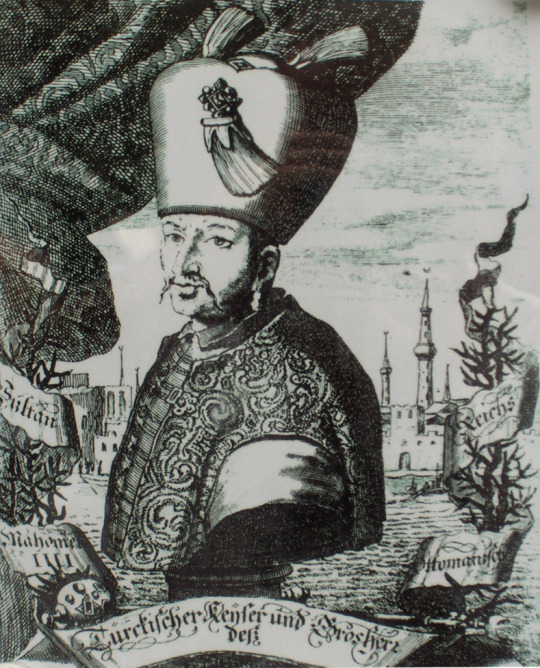
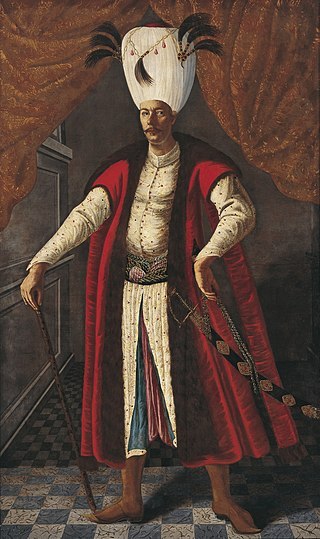

ANMA:
BUGÜN 06 OCAK (1693)
OSMANLI TÜRK DEVLETİNİN
HAKANI/HÜKÜMDARI
IV. MEHMET (AVCI MEHMET) ‘İN
ÖLÜM YIL DÖNÜMÜ.
RAHMETLE ANIYORUM.
Mehmed /Avcı Mehmed (2 Ocak 1642, İstanbul - 6 Ocak 1693, Edirne), 19. Osmanlı padişahı ve 98. İslam halifesidir. Sultan İbrahim'in Hatice Turhan Sultan'dan olan oğludur. Babasının tahttan indirilmesinin ardından 1648'de 6 yaşında tahta çıkan en genç padişah oldu. Ava düşkünlüğünden dolayı "avcı" lakabıyla anılmıştır. 39 yıllık saltanatıyla Kanuni Sultan Süleyman'dan sonra en uzun süre hükümdarlık yapan Osmanlı padişahıdır. Saltanatında Batı'da en geniş sınırlara ulaşılmıştır.
Döneminde mimari alanda birçok faaliyet gerçekleştirildi. İnşaatı 60 yılda bitirilemeyen Yeni Cami ve Külliyesi tamamlandı. 1658-1680 yılları arasında Rumeli ve Anadolu hisarları tamir edildi. Mısır Çarşısı, Hünkar Kasrı, Köprülü Külliyesi, Safranbolu Köprülü Mehmed Paşa Camii, Vezirköprü Fazıl Ahmed Paşa Külliyesi, İncesu Merzifonlu Kara Mustafa Paşa Camii ve Kervansarayı inşa edildi.
Yönetimi
1652 yılında malî durumu düzeltmesi için Tarhuncu Ahmet Paşa'yı sadrazam yaptı. Gereksiz giderleri azaltan ve tüm görevlilere vergi koyan sadrazam devletin gelirini artırdı. Ancak rakipleri tarafından padişahın gözünden düşürüldü ve öldürtüldü. Ardından gelen sadrazamlar devlet işlerinin daha da bozulmasına neden oldular. Askerin bir bölümüne ayarı bozuk para verilmesinden ve bir bölümüne ise hiç aylık verilmemesinden ötürü İstanbul'da ayaklanma çıktı. Ayaklananların padişaha verdikleri bir listedeki 30 devlet adamı ve saray ağası öldürtüldü ve cesetleri Sultanahmet Meydanı'nda bir çınar ağacına asıldı. Bu olaya Vaka-i Vakvakiye (Çınar olayı) denir.
1656 yılında Çanakkale boğazı önlerinde Venedik donanmasıyla yapılan savaşta Osmanlı donanması ağır bir yenilgi aldı ve Bozcaada ile Limni Venediklilerin eline geçti, ayrıca Çanakkale Boğazı kontrol altına alındı. Bu durum İstanbul'da büyük paniğe yol açtı. Aynı yıl iç ve dış sorunlara çözüm bulmak üzere Turhan Sultan tarafından sadrazamlığa Köprülü Mehmet Paşa getirildi.
Köprülüler dönemi
Bucaş Antlaşması sonucu Osmanlı sınırları
IV. Mehmed ve Hatice Turhan Sultan'dan tam yetki alan Köprülü, İstanbul ve Anadolu'da güvenliği sağladı. Venediklileri yenilgiye uğratarak Bozcaada ve Limni'yi geri aldı. Ölümünden sonra yerine Fazıl Ahmet Paşa geldi. Fazıl Ahmet Paşa Avusturya'dan Uyvar Kalesini alıp Vasvar Antlaşması'nı imzaladı. Venediklilerden de Girit'teki Kandiye kalesini aldı ve 24 yıl süren Girit savaşına son verdi. IV. Mehmed sadrazam ile birlikte Lehistan seferine çıktı ve 1672 yılında Bucaş Antlaşması'nı imzaladıktan sonra Edirne'ye döndü. Lehistan'ın antlaşma şartlarına uymaması yüzünden ertesi yıl yeniden sefere çıkıldı ve savaş 1676 yılında son buldu. Aynı yıl Fazıl Ahmet Paşa ölünce IV. Mehmed sadrazamlığa Köprülü ailesinin yetiştirdiği Merzifonlu Kara Mustafa Paşa'yı getirdi. IV. Mehmed sadrazamla birlikte Rusya'nın ele geçirdiği Çehrin kalesini geri almak için sefere çıktı. Kalenin alınmasının ardından 1678'de Edirne'ye döndü. 1681 yılında Ruslarla yirmi yıl süreli bir barış antlaşması yapıldı.
Yine bu dönemde Eylül 1675'te İngiltere ile imzalanan bir antlaşmayla, I. Elizabeth döneminden beri bu ülkeye tanınmış olan imtiyazlar sistemli bir şekilde özetlendi ve söz konusu imtiyazlar ve kapitülasyonların yürürlükte olduğu belirtildi.
İkinci Viyana kuşatması
Ana madde: İkinci Viyana Kuşatması
İkinci Viyana Kuşatması öncesi Osmanlı sınırları
IV. Mehmed döneminin en önemli olayıdır. IV. Mehmed'in sadrazamı Merzifonlu Kara Mustafa Paşa ordu ile birlikte Viyana'ya kadar gitmiştir, kuşatma esnasında Belgrad'ta bulunan padişah kuşatmanın başarısızlıkla sonuçlanmasından sonra İstanbul'a dönmüştür. 1683 yılında gerçekleşen kuşatma iki ay sürmüş, Tuna Nehri'nin kuzeyinden gelen düşman kuvvetleri yüzünden Osmanlı Ordusu iki ateş arasında kalıp, ağır kayıplar vererek Belgrad'a çekilmiştir. Yenilginin sorumlusu olarak görülen Merzifonlu Kara Mustafa Paşa'nın Belgrad'ta idam edilmesi sonrasında Sadrazamlığa Kara İbrahim Paşa getirilmiştir.
Kuşatma sonrası
Ana madde: Osmanlı-Kutsal İttifak Savaşları
Kuşatmanın ardından Avusturya, Lehistan ve Venedikliler birleşerek karşı saldırıya geçtiler. Bu dönemde Estergon, Peşte ve Budin kaybedildi. Venedikliler Ayamavra, Preveze, Mora ve Atina'yı ele geçirdiler. Ordu Mohaç Savaşı'nda ağır bir yenilgiye uğradı. Tüm bu gelişmeler IV. Mehmed'e karşı bir güvensizlik yarattı. Ordu ayaklanarak padişahın tahttan indirilmesini ve yerine kardeşi Şehzade Süleyman'ın geçmesini talep etti. Bu talep kabul gördü ve IV. Mehmed 1687'de tahttan inmek zorunda kaldı.
IV. Mehmed tahttan indirildikten sonra iki oğluyla birlikte Edirne Sarayı'na kapatıldı ve 10 Ocak 1693'de orada hayatını kaybetti. Cenazesi İstanbul'a getirilerek Eminönü'nde Yeni Cami Turhan Valide Türbesi'nde annesi Turhan Validenin yanına defnedildi.
2 notes
·
View notes
Note
Hello Once again😊🙏, I wanted to point out another similarity between Kösem and Turhan, I see that they have one other similarity between them, and I want your opinion on it, which is when Kösem ruled the state with the Grand Vizier the first 4 years of Ibrahim's reign the rule was stable and relatively good for the empire and the state but when Kemankes is executed, Ibrahim realizes that he is the sultan and his paranoia has begun , he leaves the consultation of his mother as if she does not exist, and indeed she becomes non-existent with her advice and wisdom for him to start the turmoil of the state and the fall of Ibrahim begins until he is deposed. The same thing with the son Mehmed IV in the presence of his mother who was helping him rule and run the state with the viziers four or five years after her death Mehmed IV was deposed He had bad decisions and somewhat worse management when her advice and wisdom disappeared.
Hi!
Yes, Ibrahim's and Mehmed IV's reigns were more stable when their mothers had influence over the government.
Kemankeş Kara Mustafa Pasha was executed on Ibrahim's orders, though, so his mental instability had already shown up. The Grand Vizier's execution symbolised the end of Ibrahim's "docility", if you will, because from this moment onwards he would completely discard his mother's advice.
Obviously Mehmed IV wasn't mentally ill but it's said that executing Merzifonlu Kara Mustafa Pasha for his failure during the Vienna siege was a grave mistake (and one that Turhan Hatice would have never allowed to happen).
9 notes
·
View notes
Text
I may be a bit too obsessed with finding reused costumes but I seriously think, the Kösem costume department was run with too much money. They did recycle some clothes which is great but why did they waste basically Safiye’s wardrobe, except for that one dress Turhan wears, instead of altering it? It is very apparent with Kösem in particular for me. Yes, she is the main character but she sometimes wears clothes that are incredibly similar to clothes they had already made in the past and it also never stopped them in the past that another character has worn it before. Mahidevran and Mihrimah wear a lot of Hafsa’s stuff in the main series, Huricihan basically rewears most of Hatice’s clothes. Even freakin’ Fatma Sultan wore a lot of old Hürrem clothes. So why didn’t they alter some of Safiye’s dress with the same material, color and vibe for older Kösem? They could have saved so much money instead of for example making another blue and gold or silver dress.
4 notes
·
View notes
Text
Crack shipping MC characters with MCK characters
This crack shipping is based on characters I thought would be fun to see together, so yes some of them are technically incestueous don't come at me please
Hurrem (MC) - Bayezid (MCK) : she would have made my boy the sultan and he would have been faithful to her and treated like the queen she is Rustem - Dilruba : they would have have been unstoppable together (Davud is essentially a Walmart Rustem anyway) Ibrahim (MC) - Halime : they would made a great scheming duo, and with also Rustem and Dilruba on their side, destroy eveyone in their way and give Mustafa a better life Mustafa (MC) - Atike : I think he would have helped her wisen up, and it would have benefitted him to have someone by his side with a strong character Sultan Ibrahim - Hatice : just for the pure chaos Suleiman - Turhan : when an immovable object meets an unstoppable force. (also love Hurrem but Turhan has so much more self-respect than her so it would have been interesting to see her deal with Suleiman's BS) Murad and Selim : two drunks but also Selim is very self-aware while Murad is a complete hypocrite, so it could have been an interesting dynamic Mehmed (MC) and Handan : two idiots in love Osman - Nurbanu : Osman gets a lot of hate but he lowkey had some brilliant and visionary ideas (notably dismantling the janissaries). If he had a strong and cunning woman by his side, he could have made it. Dervis - Shah : love him and Handan but he needed a more shrewd woman by his side to survive
1 note
·
View note
Text
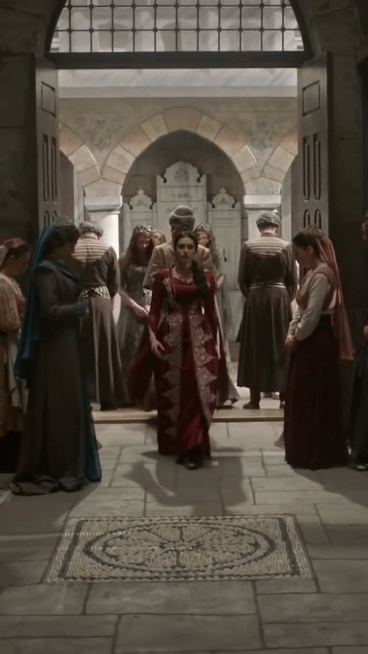


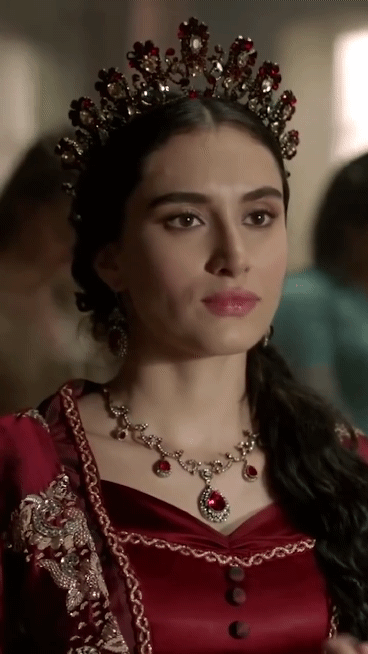
#history#magnificent century#muhteşem yüzyıl#ottoman#sultanas#ottoman sultanas#ottoman history#ottoman valide#valide sultan#Valide turhan sultan#turhan gifs#baş haseki turhan sultan#turhan sultan#turhan hatice sultan#turhan#my favorite#muhtesem yuzyil kosem#hande dogandemir
22 notes
·
View notes